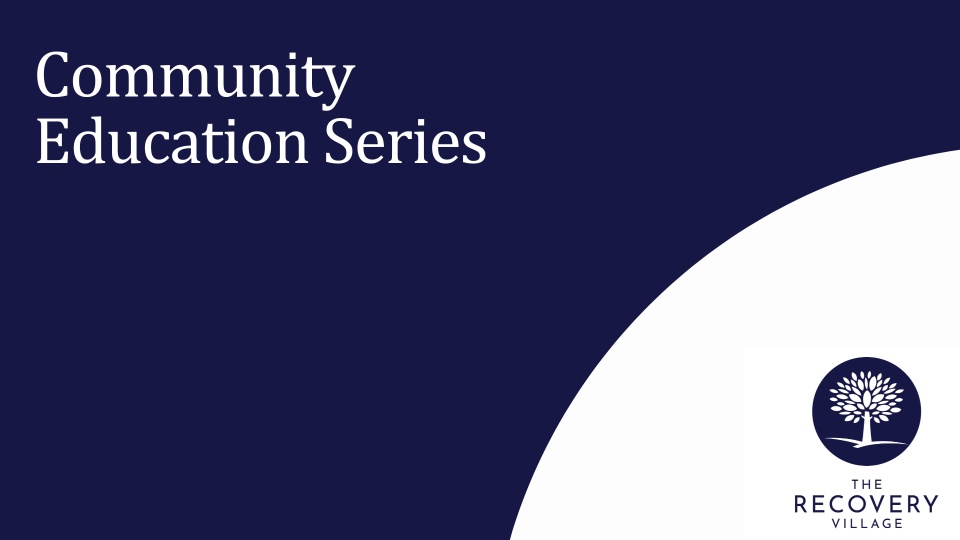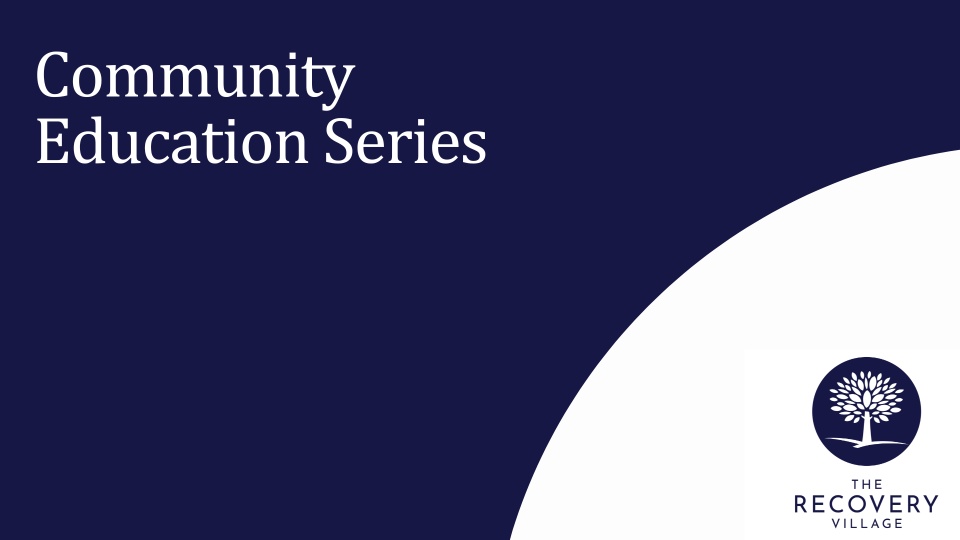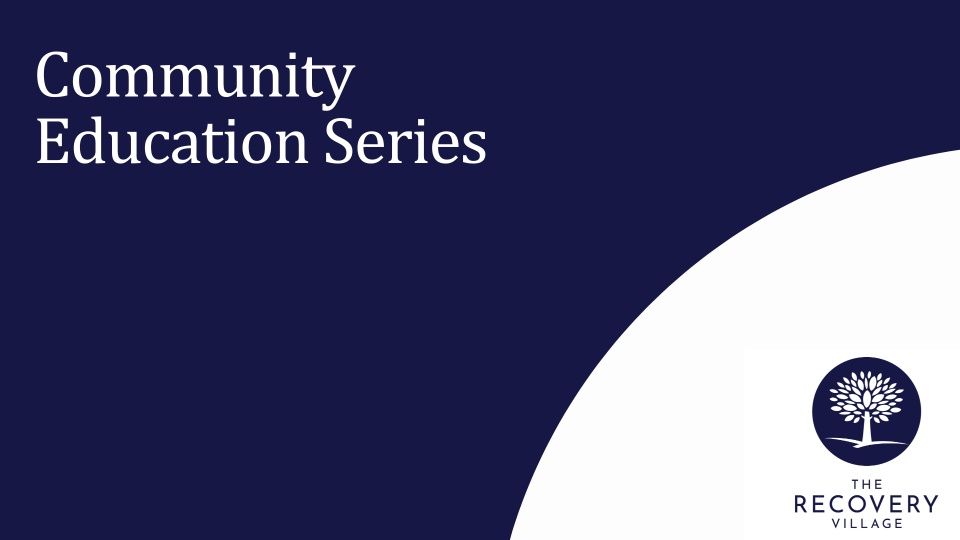Estimated watch time: 45 mins
Available credits: none
Objectives and Summary:
Motivational interviewing (MI) is a person-centered, goal-oriented method of communication for eliciting and strengthening intrinsic motivation for positive change. MI is an evidence-based approach to improve behavior change outcomes for patients and clients in a variety of settings, and it is easily integrated into existing practices and program models.
In this presentation, Johanna Leal of the Alliance for Community and Justice Innovation teaches the foundational practices of MI and creates a platform from which participants can develop and practice core MI skills.
After watching her presentation, the viewer will be able to:
- Gain an understanding of the underlying spirit and approach of motivational interviewing
- Learn and practice the foundational skills of motivational interviewing
- Learn how to apply motivational interviewing strategy to improve behavior change outcomes









